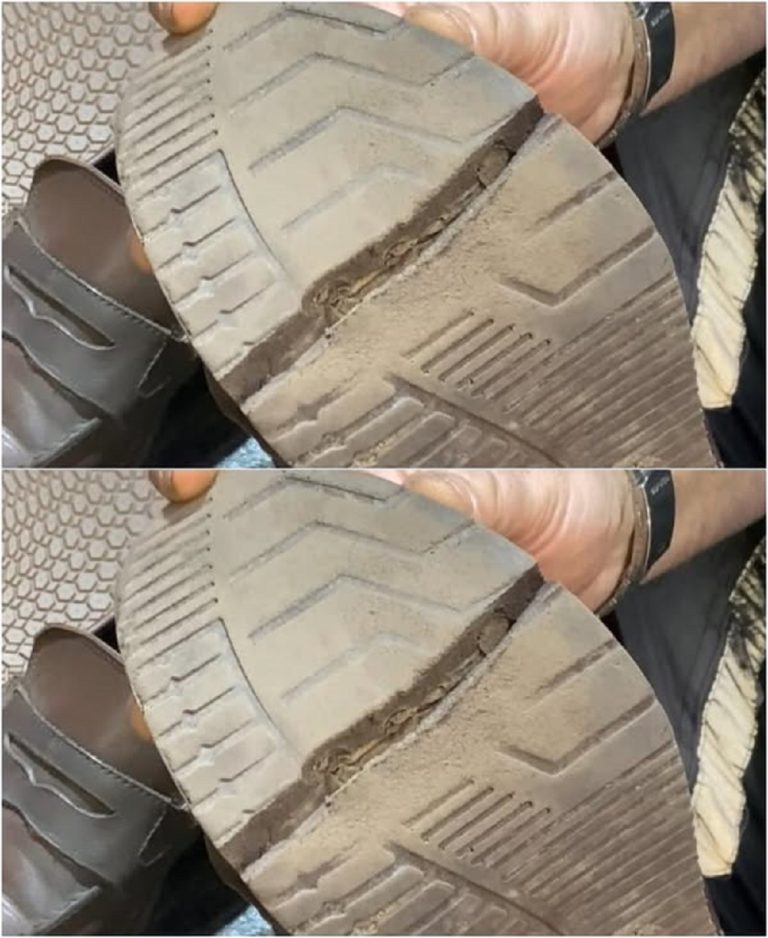ADVERTISEMENT
For Complete Cooking STEPS Please Head On Over To Next Page Or Open button (>) and don’t forget to SHARE with your Facebook friends
Step 5: Let the Glue Dry Allow the glue to dry for several hours, or according to the instructions on the adhesive packaging. The drying time may vary depending on the type of glue you use, but for the strongest bond, it’s best to let the repair cure for at least 12 hours. Avoid moving the shoe during this time to ensure the glue sets properly.
Step 6: Clean Up Excess Glue Once the glue is fully dry, check for any excess adhesive that may have oozed out during the pressing process. If necessary, carefully scrape off the excess with a small knife or cloth. Be sure not to damage the shoe or the sole during this cleanup.
Step 7: Test the Repair After the glue has fully dried and the shoe is free of excess adhesive, gently test the repaired sole. Apply slight pressure on different parts of the shoe to ensure the glue has properly bonded. If it feels sturdy and secure, you’ve successfully repaired the broken sole!
Optional: Reinforce the Repair with a Rubber Sole Patch
If your shoe’s sole is heavily worn down or has a larger hole, you can reinforce your repair by using a rubber sole patch. These patches are available in various shapes and sizes and can be glued over the existing sole to add extra durability and support. Simply cut the patch to fit the area, apply glue to both the patch and the shoe, and repeat the same process as above.
Tips for a Professional-Looking Repair
- Use the Right Glue: Make sure to use a high-quality, durable shoe glue. Shoe Goo and E6000 are some of the best options because they bond strongly and are flexible, perfect for footwear.
- Patience Is Key: Don’t rush the process! Allow the glue to dry completely and take your time to ensure a solid bond.
- Work in a Well-Ventilated Area: Many shoe glues have strong fumes, so it’s important to work in a well-ventilated space or outdoors if possible.
The Takeaway
Thanks to the valuable tip from my shoemaker friend, I’ve learned that repairing a broken sole at home is not only possible, but it’s also easy and effective. With just a few tools and a bit of time, you can bring your shoes back to life and save yourself the cost of a professional repair.
So the next time you notice a broken sole, don’t fret—grab your glue, follow these simple steps, and get ready to walk comfortably again in your favorite shoes!
This article shares the valuable tip for repairing a broken sole while providing clear steps and practical advice for readers. I hope it helps others save their beloved shoes and makes them feel empowered to tackle their own repairs!
